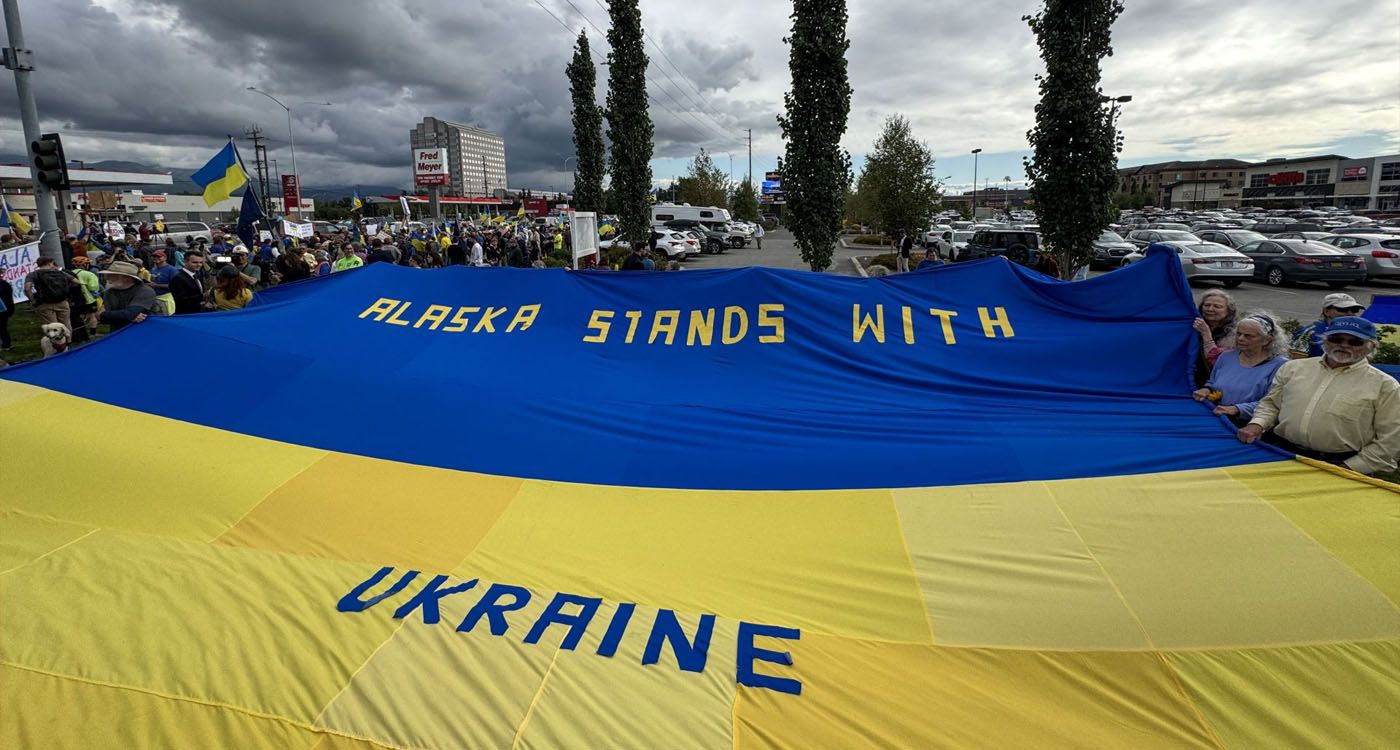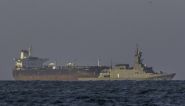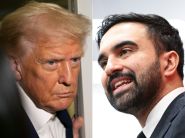- Home
- Middle East
- Ukraine: From the First Shot to the Trump-Putin Summit

©Drew Angerer / AFP
Before Donald Trump and Vladimir Putin meet in Alaska on Friday evening (Beirut time) to discuss a possible ceasefire, we look back at the key moments that have shaped the war in Ukraine.
It all began in Maidan Square, at the heart of what history would remember as the “Revolution of Dignity” or “Euromaidan.” In November 2013, thousands of Ukrainians gathered in Kyiv to say “no” to a pro-Russian turn and to demand “a European future.” Months of violently repressed protests led to the flight of President Viktor Yanukovych in February 2014. In the wake of these events, Russia seized Crimea and supported separatists in Donbas. The war had begun. The Minsk agreements of 2014 and 2015 attempted to establish a ceasefire, but ultimately failed.
2022: The Turning Point
On February 24, Russia launched a massive invasion. Its forces advanced on multiple fronts but failed to capture the capital. Mariupol fell after a devastating siege. By autumn, Kyiv counterattacked, regaining territory in the Kharkiv region and part of Kherson. Moscow announced the annexation of four Ukrainian regions, condemned by the international community.
2023: A War of Attrition
Fighting focused on the east. Bakhmut became the symbol of relentless combat: nine months of siege before Moscow claimed victory. In June, a new Ukrainian counteroffensive retook a few villages in the southeast, but gains were limited.
2024-2025: New Offensives, New Scars
In spring 2024, Russia regained the initiative, striking the Kharkiv region. Summer brought an unprecedented event: a Ukrainian incursion into Russian territory in the Kursk region, according to Russian authorities. Moscow even mobilized foreign reinforcements, including North Koreans. By 2025, aerial attacks intensified – more missiles, more drones and more victims.
The Human and Material Toll
The human cost, accumulated over years of war, is staggering. On July 31, Kyiv suffered one of its deadliest strikes since the start of the war: 31 dead, including five children, and more than 150 injured. According to The Guardian, citing a study by the Center for Strategic and International Studies (CSIS), Russia has lost over one million troops killed or wounded, including around 250,000 dead. On the Ukrainian side, CSIS reports nearly 400,000 soldiers killed or wounded.
Civilian casualties are also rising. The UN Human Rights Monitoring Mission in Ukraine (OHCHR) noted that June 2025 was the deadliest month in three years: 1,575 civilian casualties, including 232 deaths. In July, the toll further rose: 286 dead and 1,388 injured.
The war has also struck Russia. In Belgorod, local authorities reported in spring 2024 that at least 120 civilians were killed since 2022 by Ukrainian strikes. In Kursk, Moscow cited 56 deaths during the 2024 incursion, according to Reuters.
Material damage is equally staggering. The World Bank, together with the UN and the European Commission, estimates that Ukraine’s reconstruction needs at $524 billion over the next decade, based on figures compiled at the end of 2024. Housing, energy and transport are the hardest-hit sectors, according to Reuters and the UNDP. As of early 2025, the UNHCR reports nearly seven million Ukrainian refugees abroad and around 3.7 million displaced within the country.
Why Alaska?
The choice of Alaska for the meeting between US President Donald Trump and Russian President Vladimir Putin is not accidental. Alaska was Russian territory until it was sold to the United States in 1867. It is a geographical bridge and a historical symbol between the two nations. The meeting is scheduled at Joint Base Elmendorf-Richardson, in a limited format. Reuters and The Times also highlighted a legal aspect: the US is not a signatory to the Rome Statute, the treaty that established the International Criminal Court (ICC) on July 17, 1998. The Times notes that this means Putin is not subject to arrest under the ICC’s mandate at this location.
Nothing Is Settled
Frontlines remain largely unchanged, with Ukraine heavily relying on Western aid while Russia continues to apply pressure. It is in this context that Trump and Putin will meet – far from Kyiv, far from Moscow, and without Ukraine at the table.
Read more




Comments